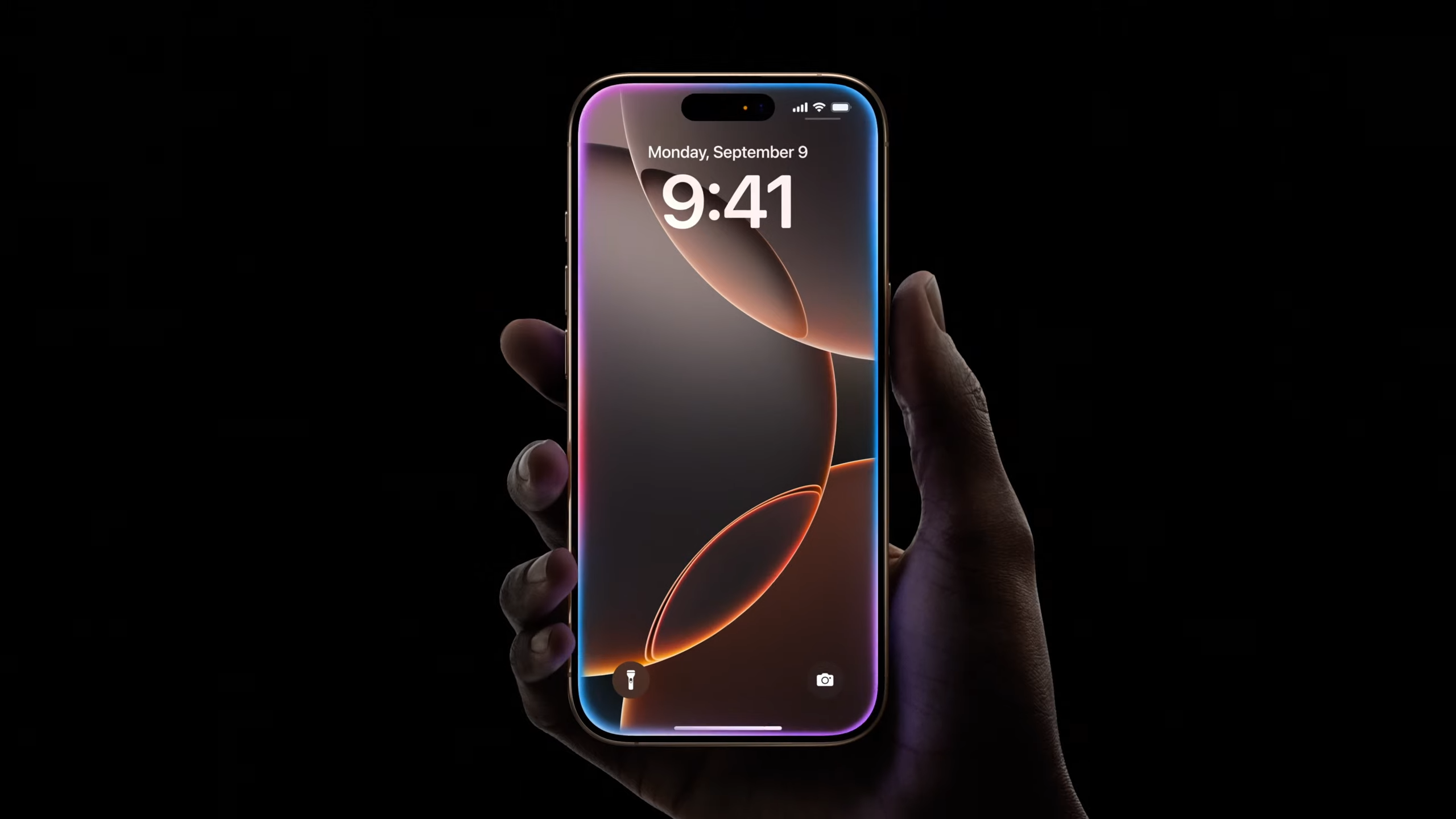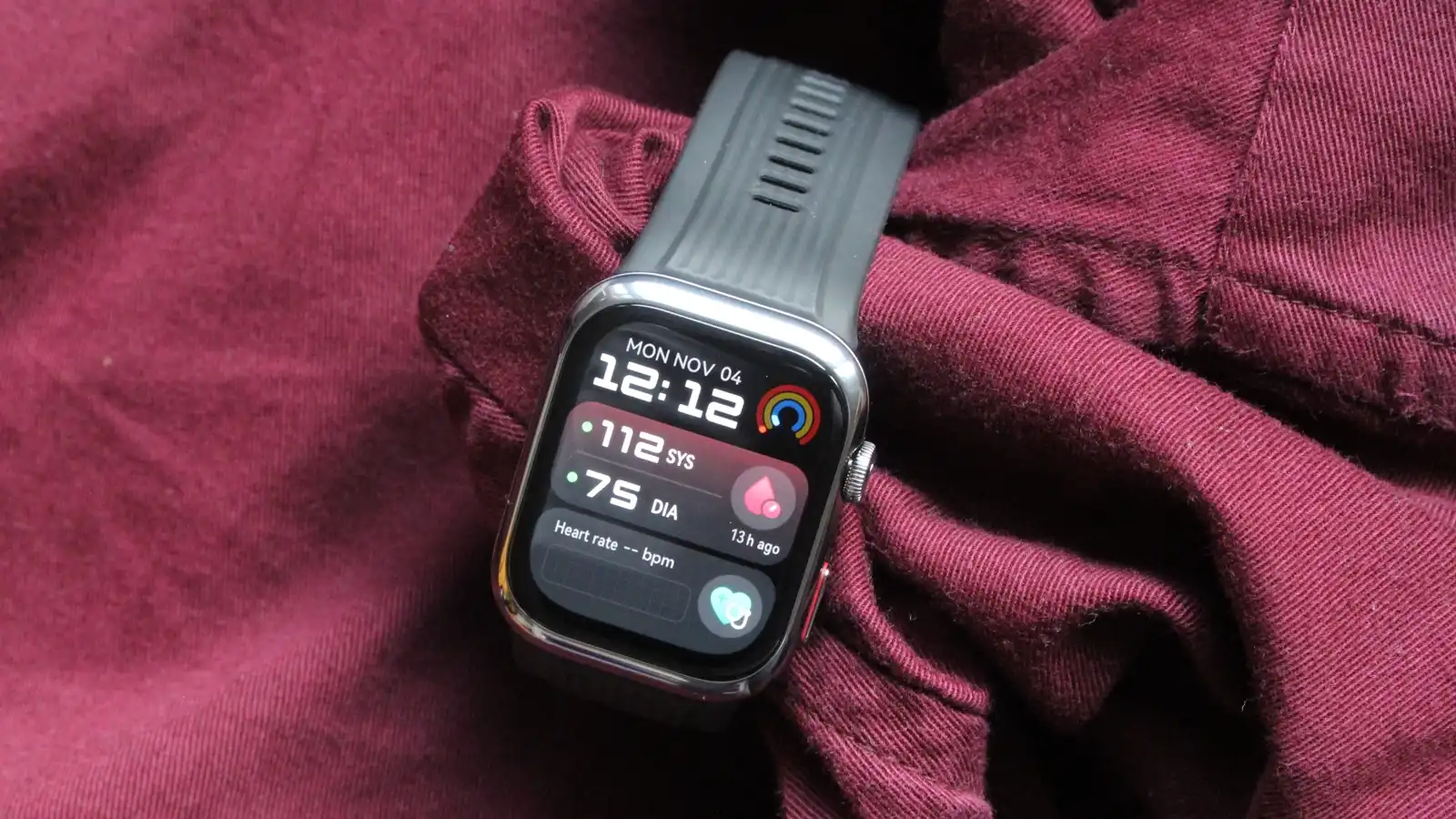
Apple’s annual product launch event, always highly anticipated by tech enthusiasts and consumers alike, introduced the iPhone 16 lineup, including the iPhone 16 Pro, Pro Max, and Plus models, as well as several other significant updates. This year, alongside the smartphones, Apple also revealed the redesigned Apple Watch Series 10 and updated AirPods. While many of the anticipated features were already previewed in the software updates from iOS 18 and WatchOS 10 during the Worldwide Developers Conference (WWDC), the event brought additional excitement through hardware upgrades, design innovations, and a glimpse into Apple’s growing focus on artificial intelligence (AI).
A New Generation of iPhones: iPhone 16 Series
At the heart of Apple’s announcements were the new iPhone 16 models. These phones, built with cutting-edge technology, bring several upgrades over previous generations. The iPhone 16 Pro and Pro Max, measuring 6.3 and 6.9 inches respectively, are not only larger but also more durable than their predecessors, thanks to their titanium construction. This material not only makes them lighter but also adds to their resilience, a crucial aspect for consumers looking for longevity in their devices. The iPhones are available in a range of new colors, including striking shades of ultramarine, teal, and bright pink, catering to both functionality and fashion.
A key enhancement in the iPhone 16 series is its camera system. The Pro models now boast a 48-megapixel main camera that uses advanced pixel-binning technology to create 24-megapixel images. Additionally, a 12-megapixel ultrawide lens with improved autofocus and light sensitivity brings superior low-light photography capabilities, while macro support ensures crisp close-up shots. New to the lineup is the ability to capture spatial photos and videos, designed to immerse users in a more dynamic visual experience. The Camera Control feature is another standout, allowing users to interact with objects in real-time via Apple’s AI-driven “Visual Intelligence,” which enables click-for-info capabilities similar to Google Lens.
Under the hood, Apple has introduced the A18 chip, a technological powerhouse that drives the iPhone 16’s performance. With a 16-core neural engine, the A18 chip is designed for superior speed and efficiency, boasting two performance cores and four efficiency cores, along with a five-core GPU that supports ray tracing for gaming. This new processor is built using second-generation 3-nanometer technology, which allows Apple to fit more power into a smaller, more efficient package. Along with improved performance, the chip brings expanded AI capabilities, positioning the iPhone 16 as Apple’s first smartphone designed from the ground up to harness the power of AI, although many of these features will not be fully available until later in the year.
Apple’s focus on AI doesn’t stop at the iPhone’s hardware. While the company’s “Apple Intelligence” system has drawn comparisons to AI features from competitors, Apple’s approach remains somewhat conservative in rolling out these functionalities. Apple Intelligence will provide features like intelligent camera controls and assistive AI throughout the operating system, but these won’t be available immediately at launch. Nonetheless, Apple’s deliberate pacing in rolling out these features reflects its commitment to ensuring the technology is robust, secure, and user-friendly.
Apple Watch Series 10: Health and Redesign Take Center Stage
The Apple Watch Series 10 was another highlight of the event, showcasing a full redesign that makes it the most significant update to Apple’s wearable line in years. The new model features a thinner profile and a larger display that maximizes the screen real estate. The display is brighter, going up to 2,000 nits in some models, making it easier to read in bright sunlight. Apple has also introduced a new “Flux” watch face, designed specifically for the larger display, providing users with even more customization options.
One of the most anticipated features of the Apple Watch Series 10 is its sleep apnea tracking system. This is a significant leap forward in Apple’s ongoing efforts to integrate more health-related functionalities into its wearables. Using a new sensor that monitors sleeping disturbances, the watch can alert users to potential signs of sleep apnea, a feature that is pending approval from the U.S. Food and Drug Administration (FDA). This feature is expected to revolutionize how wearables can monitor long-term health conditions, providing early warnings for a condition that affects millions worldwide. Moreover, this update solidifies Apple’s role in the medical and health-tech landscape, where it continues to build partnerships and expand its regulatory clearances for health tracking.
The new S10 chip powers the Apple Watch Series 10, bringing a four-core neural engine that accelerates all of its AI-driven functions, from real-time health monitoring to sound enhancement. The watch also includes more robust water resistance, faster charging (achieving 80% in just 30 minutes), and new color options, including jet black, rose gold, and silver. For the environmentally conscious, Apple is introducing a carbon-neutral version of the watch, made from lightweight titanium and available with matching bands. Apple’s commitment to sustainability is on full display here, aligning with the company’s broader environmental goals.
AirPods 4, Pro 2, and Max: Enhanced Audio and Connectivity
Apple also unveiled updates to its popular AirPods lineup, including the new AirPods 4, AirPods Pro 2, and the premium AirPods Max. The new generation of AirPods introduces a refined design and improved acoustic architecture, delivering better sound quality through computational audio enhancements. These updates also support spatial audio, which has become a staple in Apple’s audio ecosystem, providing an immersive listening experience that adjusts dynamically based on the user’s head movements.
One of the most notable additions is the inclusion of the H2 chip, which powers the new AirPods. This chip allows for features like head gesture recognition and improved active noise cancellation, making these the most advanced AirPods to date. The charging case now features a USB-C port, aligning with the industry shift toward this universal standard. This update, combined with improved battery life and faster wireless charging, enhances the overall user experience.
For the AirPods Max, Apple has retained its premium design but added new color options and USB-C support. These over-ear headphones continue to offer superior sound quality and active noise cancellation, making them a top choice for audiophiles, despite their high price point. Meanwhile, the AirPods Pro 2 introduces hearing protection and assistance features, including a professional-grade hearing aid capability, which will roll out later this year. This addition makes the AirPods Pro 2 not only a high-end audio device but also a tool for hearing health, further expanding Apple’s focus on wellness.
Conclusion: A Balanced Evolution of Hardware and Software
Apple’s 2024 product launch event was a carefully curated showcase of the company’s ability to blend cutting-edge hardware with forward-thinking software. The iPhone 16 series, Apple Watch Series 10, and updated AirPods reflect a refinement of existing technologies while also signaling Apple’s increasing investment in artificial intelligence and health technology. With AI-driven features on the horizon, along with significant advancements in health monitoring through the Apple Watch, the company continues to position itself at the forefront of consumer technology innovation.
As with any major Apple event, these announcements have generated excitement, but they also set high expectations for how these new devices will perform in real-world conditions. With preorders starting immediately and products launching soon, Apple’s next-generation lineup is set to shape the technological landscape in the coming year, reinforcing its reputation as a leader in both innovation and user-centric design.



